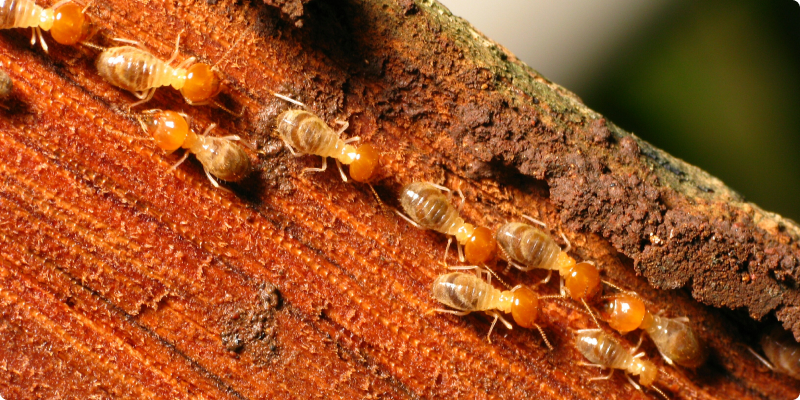News
Understanding Termite Behavior
Hatchet July 10, 2024Termites, often referred to as the “silent destroyers,” can cause significant damage to your home before you even realise they’re there. Understanding termite behaviour is crucial for effective prevention and control. Here, we delve into the habits and characteristics of these persistent pests to help you protect your property.
Termites live in highly organised colonies, structured into a caste system that includes workers, soldiers, and reproductives. Each caste has specific roles. Workers are the most numerous in the colony and are responsible for foraging, building, and feeding other termites. Soldiers defend the colony from predators like ants. Reproductives, which include the king, queen, and alates (winged termites), are responsible for reproduction and establishing new colonies.
Feeding Habits
Termites primarily feed on cellulose, a component of wood, paper, and other plant materials. This diet makes homes with wooden structures particularly vulnerable. Termites consume wood from the inside out, leaving a thin veneer of wood or paint, which often makes the damage hard to detect until it’s extensive.

Termites on a log (credit: Freepik)
Types of Termite
There are three main types of termites you should be aware of:
- Subterranean Termites: The most destructive, live underground and build mud tubes to access food sources above ground.
- Drywood Termites: Live inside the wood they consume, needing no contact with soil. They can infest furniture and structural timber.
- Dampwood Termites: Prefer wood with high moisture content, often found in decaying wood and rarely infest homes.